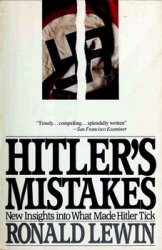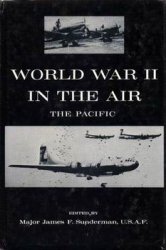A well-known Yavapai named Carlos Montezuma, or Wassaja, furthered the cause of Native Americans in the late 19th and early 20th century. Wassaja was born in 1867, in the Superstition Mountains of Arizona. When four years old, he was captured by the AKIMEL O’ODHAM (pima), who eventually sold him to a photographer-prospector by the name of Carlos Gentile. Meanwhile, his mother, who had left the reservation to search for her son, was shot by an Indian scout. Gentile took the boy— whom he renamed Carlos after himself, and Montezuma after ruins in the region—to Santa Fe, New Mexico, then east to Illinois and New York. On Gentile’s death in 1877, a family by the name of Baldwin cared for Wassaja for a short period until George W. Ingalls, a Baptist missionary, placed him with W. H. Stedman, a minister in Urbana, Illinois.
Wassaja was tutored privately for two years, then was enrolled in a preparatory program for the University of Illinois, which he entered as a freshman the next year. He graduated with a bachelor of science degree in 1884. While working part time for a pharmacist, he attended the Chicago Medical College, graduating in 1889.
After having attempted a private practice for a short time in Chicago, Wassaja accepted an appointment in the Indian Service as physician-surgeon at the Fort Stevenson Indian School in North Dakota. After a year, he was transferred to the Western Shoshone Agency in Nevada. Three years later, he worked at the Colville Agency in Washington. Frustrated by the conditions on the western reservation, he began work in 1894 at the Carlisle Indian School in Pennsylvania. In 1896, Wassaja returned to Chicago to open a private practice. A specialist in stomach and intestinal diseases, he eventually was offered a teaching position at the College of Physicians and Surgeons and in the Postgraduate Medical School.
Wassaja became active in Indian affairs and gave lectures in which he criticized the Office of Indian Affairs (later the Bureau of Indian Affairs) and the reservation system and advocated citizenship for Indians. Although a proponent of Assimilation, he also called for pride in Indianness. He wrote three books, including Let My People Go, published in 1914, and founded the Indian magazine Wassaja in 1916. Presidents Theodore Roosevelt and Woodrow Wilson both offered him the position of commissioner of Indian affairs, but he refused and continued calling for the abolition of the Office of Indian Affairs. He spent much of his time in his later years among his people on the Fort McDowell reservation, where he died.




 World History
World History









